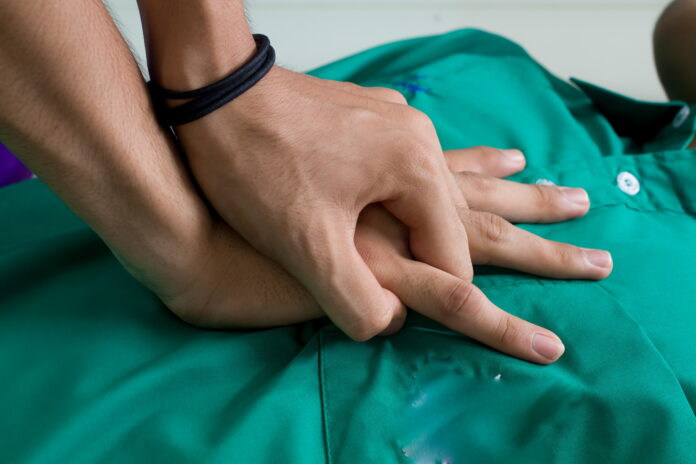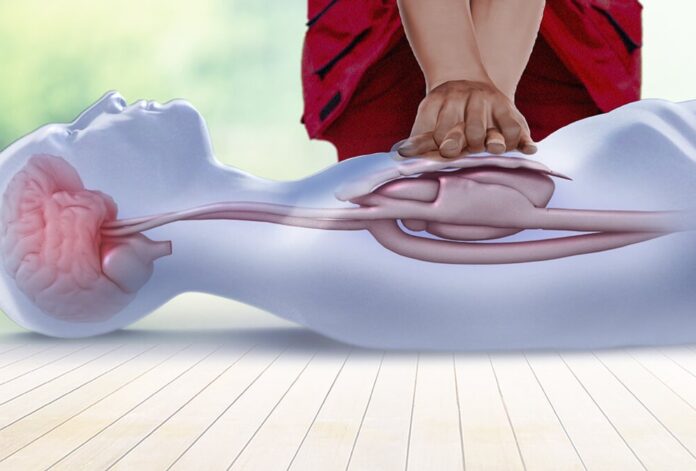
Table of Contents
Cardiac arrest is a life-threatening emergency that requires quick and effective intervention to save lives. Cardiopulmonary resuscitation is a critical skill that can significantly increase the chances of survival for someone experiencing cardiac arrest.
One approach to CPR that has gained prominence in recent years is Hands-on CPR. This technique simplifies the process and eliminates barriers to bystander intervention.
In this article, we will explore the simplified techniques of Hands-Only CPR derived from first aid training.
Understanding Hands-Only CPR

Hands-Only CPR is a technique that focuses solely on chest compressions without the need for mouth-to-mouth breathing.
This method is particularly useful for untrained bystanders who may hesitate to perform traditional CPR due to concerns about infection or a lack of knowledge.
MyCPR NOW, a leading provider of CPR training, emphasizes the importance of Hands-on CPR as an accessible and effective method for bystanders to help save lives.
1. Assess the Situation
The first step in providing Hands-Only CPR is to assess the situation. Check if the person is responsive and if they are not breathing normally.
If they are unresponsive and not breathing or only gasping, immediately call emergency services or have someone nearby call while you start CPR.
2. Begin Chest Compressions
Position the person on their back on a firm surface. Kneel beside them and place the heel of one hand in the center of their chest, between the nipples.
Place your other hand on top of the first hand and interlock your fingers. Keep your elbows straight and use your upper body weight to push down hard and fast. Aim for a compression depth of about 2 inches (5 centimeters) for adults.
3. Compression Rate

The ideal compression rate is around 100 to 120 compressions per minute. You can mentally keep pace by performing compressions to the beat of the classic disco song “Stayin’ Alive” by the Bee Gees.
4. Continue Until Help Arrives
Continue chest compressions without interruptions until professional medical help arrives or the person starts to show signs of life. If you are physically exhausted, switch with another bystander if available.
Importance of Training
While it simplifies the process, undergoing proper training is still highly recommended. Training equips you with the skills to recognize signs of cardiac arrest, perform effective chest compressions, and handle various emergency scenarios.
Many organizations offer CPR and first aid courses, ensuring that participants gain the knowledge and confidence to respond appropriately in critical situations.
Suitable for Adults
It’s important to note that it is recommended for adults and teenagers who have collapsed due to cardiac arrest. For infants and young children, traditional CPR with rescue breaths is still the preferred method.
Conclusion

Hands-only CPR is a valuable technique that can empower bystanders to take immediate action when faced with a cardiac arrest emergency.
By simplifying the process and eliminating the need for rescue breaths, Hands-Only CPR increases the likelihood of bystander intervention and improves the chances of a positive outcome.
However, seeking proper CPR training remains crucial for a comprehensive understanding of life-saving techniques and their appropriate application.
















